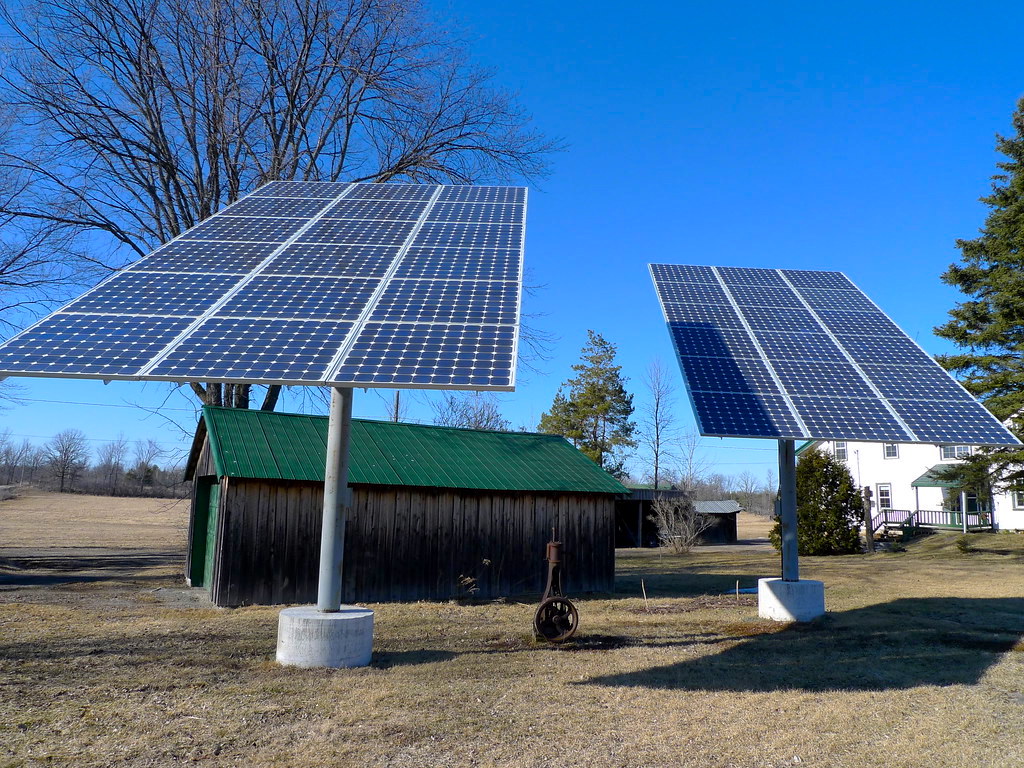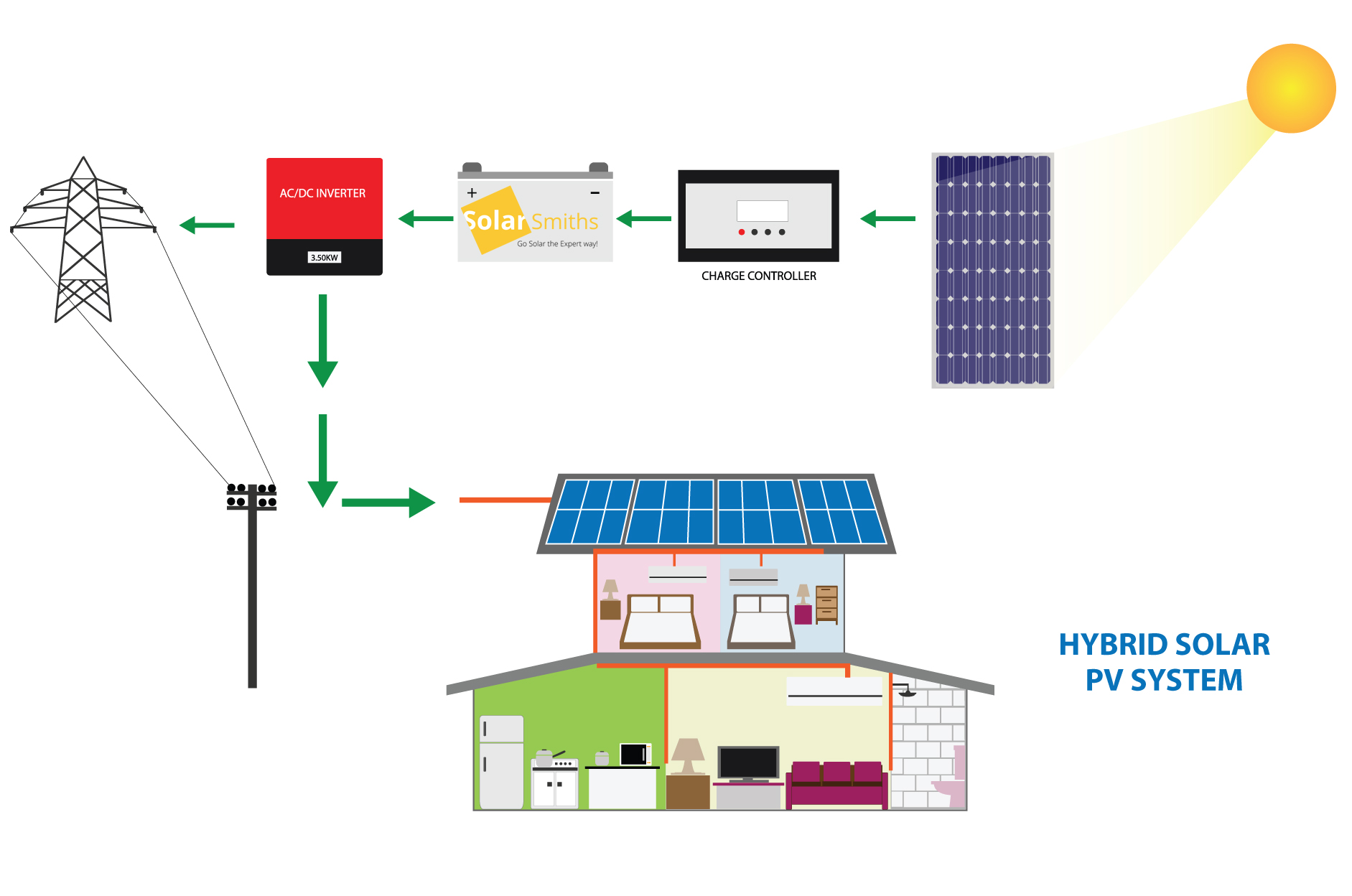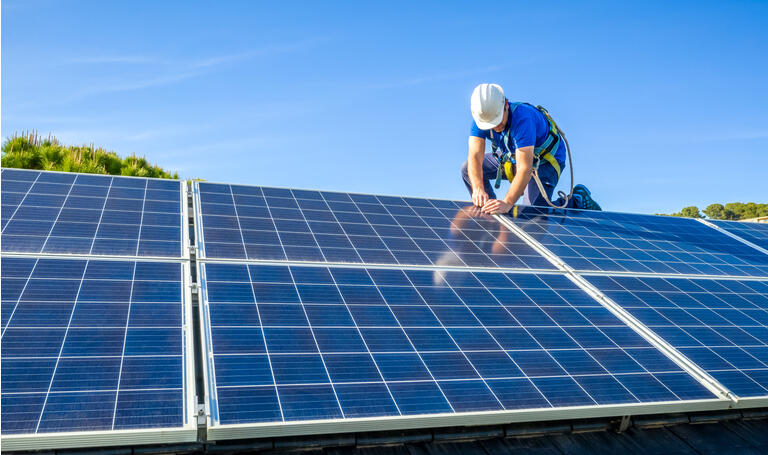Best Value & Quality Solar Energy Solutions. What is a solar power system? Naples Manor, FL. For Free Consultation Phone us at Call (732) 907-8400
Some commonly asked questions
- What is a kilowatt-hour (kWh)?
- What’s the best orientation and angle for solar panels?
- What to know about a solar panel warranty
- Can you install solar panels yourself?
- What to consider in a solar mounting system?
- What are solar inverters?
- What are the 3 types of solar panels?
- What are the steps to consider before installing solar panels?
- What is a hybrid solar system?
- What are the different types of solar batteries?
- What are solar mounting systems?
- What are the basic components of a solar power system?
- Solar panels: Everything you need to know
- Why do you need to have a solar battery?
- What is an off-grid solar system?
- What are solar trackers?
- How much energy does a house use?
- What is a grid-tied solar system?
- What are the three types of solar inverters?
- How do you install solar panels?
Naples Manor is a census-designated place (CDP) in Collier County, Florida, United States. The population was 5,562 at the 2010 census.[4] It is part of the Naples–Marco Island Metropolitan Statistical Area.
Naples Manor is located in western Collier County at 26°5′23″N 81°43′30″W / 26.08972°N 81.72500°W / 26.08972; -81.72500 (26.089653, -81.724910).[5] It is bordered to the southwest by U.S. Route 41, to the north by Lely, and to the east by Lely Resort. Downtown Naples is 5 miles (8 km) to the northwest on U.S. 41.
A solar power system is a group of components that capture sunlight, transform it into electricity, and produce it for use in your home or business. It’s made up of different parts like a solar panel, inverter, controller, battery, and wiring. A large and growing amount of research has been conducted regarding the benefits of using renewable energy and the many ways to accelerate its adoption. From an environmental standpoint, solar power systems are one of the most cost-effective ways to generate electricity for your home or business.
A solar power system can be as simple as a few panels on your roof and some wiring connecting them together – or as complex as installing multiple batteries with an inverter so you can store excess energy when the sun isn’t shining. The key thing to remember is that a solar power system is just a collection of individual components working together to produce clean renewable energy. However complex or simple you want to make your system, there are several basic things you need to know about how they work before getting started.
What are the types of solar power systems?

The simplest solar power system is a solar panel, battery, and wiring. The other major component of a solar power system is the inverter that converts the DC electricity from the battery into AC electricity for your home or business.
Solar panels are devices that collect sunlight, transform it into direct current electricity, and store it in batteries. Solar panels also come in a variety of shapes and sizes to suit just about any application.
There are three different kinds of solar energy production methods: Grid-tied, Off-grid, and Hybrid. Each method has its own advantages and disadvantages.
How does solar power work with the grid?
The sun’s energy is collected by a solar panel, which then goes through an inverter to convert it into electricity. This electricity then flows through wiring to the rest of your home or business and powers your devices. If you have enough panels installed on your roof, you can generate more than enough power for your household needs. However, if you want to be able to use this power from the grid, or if you want it to be metered by the utility company that delivers power to your area, you will need a larger solar system.
What Is The Best Solar Power System For Your Home?
One of the first things to consider is your home’s size and whether you need to generate a lot of power. If you live in a place with plenty of sun, installing a few panels on your roof and connecting them with some wiring could be enough to provide you with all the electricity you need. If you live in a more remote area or want even more independence from the grid, installing batteries with an inverter might be more appropriate.
Another thing to consider is where your solar power system will be located. The ideal location for your solar system depends on where it will receive the greatest amount of sunlight throughout the day, how much sun it receives at that time, and how much space you want it to take up on your property. It also depends on what type of environment you want your system to produce electricity in. An outdoor installation would be great for areas that get lots of rain or snow, whereas an indoor installation would work better for dry climates like Arizona or Nevada.
If any part of your solar power system requires water for cooling or storage, make sure there’s a way for its components to drain when it rains or snows. You also have to consider safety concerns as well as ongoing maintenance costs if there isn’t a drainage system available for your solar power system.
What Are The Basic Components Of A Solar Panel System?
The basic components of a solar panel system include a solar panel, inverter, battery, and wiring. Many systems combine these four parts in order to create a small-scale power source that can be used off the grid or in conjunction with the utility company’s power.
Solar Panels
There are a few components that make up a solar panel. They include solar cells, the frame or mounting system, and the laminates used to protect the cells. The cells are what convert light energy into electricity. The laminates protect the cells from temperature changes and dirt.
The frame is made up of metal connectors that connect the solar cells together just like any other wiring (the connectors may also be plastic). The laminates are applied in a specific order to ensure a uniform voltage throughout the entire panel; otherwise, some parts of your panel might be producing more energy than others.
Solar inverter
One of the most important parts of a solar power system is the inverter, which converts direct current (DC) from your solar panels into alternating current (AC). AC is used to power just about everything in your home or business. The inverter also manages input and output voltage, monitors for voltage drops, and regulates charge and discharge.
The inverter can be integrated into your battery bank or can be separated from it. Depending on its size, a typical solar power system will have an inverter with either six or 12 outputs. These outputs are used to connect to different loads like lights, appliances, and so on. You’ll need to choose the appropriate number of outputs based on how many devices you want to connect with your system.
Solar racking
The first thing you need to know about a solar power system is that the sun shines on top of your panels, but your panels don’t produce electricity until they are facing the sun. This is where solar racking comes in. Solar racking can be as simple as some angle brackets and screws. If you want more elaborate designs, there are also solar mounting systems that allow you to adjust the angle of your panels depending on how many inches of snow or rain are forecasted for the next day. The other key thing to know about solar racking is that if it has been properly installed, then it will provide maximum exposure to sunlight.

Net meter
A net meter helps to measure the power generated and consumed by your solar power system. Solar panels typically produce a DC voltage, so it’s important to be able to interpret the voltages that are produced from them so you get a true sense of how much energy is being generated. This is where a net meter comes in handy. It displays the total amount of electricity that has been generated or consumed over time on both AC and DC voltages.
Solar performance monitoring
Monitoring solar performance is important to make sure the system is functioning properly and producing the amount of power it should.
One thing you can do before getting a solar power system installed for your home or business is to monitor how much power your existing electrical devices are using. You can find this information on your electric bill or in a utility meter. Take note of what time of day the highest usage occurs – is it always at night, or does it spike during certain times? This will help you figure out if the system needs to be sized appropriately for what your household uses during these hours.
In addition to monitoring current electricity consumption, you’ll also want to check out how much energy is being produced by the panels on your roof. This will help you compare energy production against consumption so you can see how they line up with each other.
Another thing that’s important to monitor when getting a solar system installed is ventilation as well as air quality. Proper ventilation will ensure that heat generated by PV panels doesn’t become an issue, and air quality will protect against any potential damage from harmful chemical reactions associated with solar cells and other materials used in the process of manufacturing these systems. It’s also important to keep your solar panel clean and free from debris so that sunlight can reach all cells on the panel without obstruction.
Solar battery storage
A solar power system works when the sun’s rays hit the solar panel and make electricity. The electricity is then converted into direct current (DC) electricity, which is what your home or business uses. This DC electricity is stored in a battery so it can be used later. It’s important to note that when you store excess energy in a battery, it will fluctuate depending on how much sunlight there was that day.
Charge controller
The charge controller is a device that helps convert direct current (DC) electricity into alternating current (AC) electricity.
With this step, the power from your solar panels can be used to run appliances or other devices. It’s important to note that these two components don’t have to be purchased together because they work independently of each other.
How much solar energy is needed to power a home?
A solar power system can produce an unlimited amount of energy as long as it has enough sunlight. However, the amount of energy that a solar power system can actually produce is dependent on factors like temperature and humidity. The average U.S. household uses about 30 kWh of electricity per month and so they could theoretically generate all their own electricity without using fossil fuels with a small solar power system.
One other important factor to consider is that the more sun you have available in your region, the more electricity you will be able to produce with your system.

